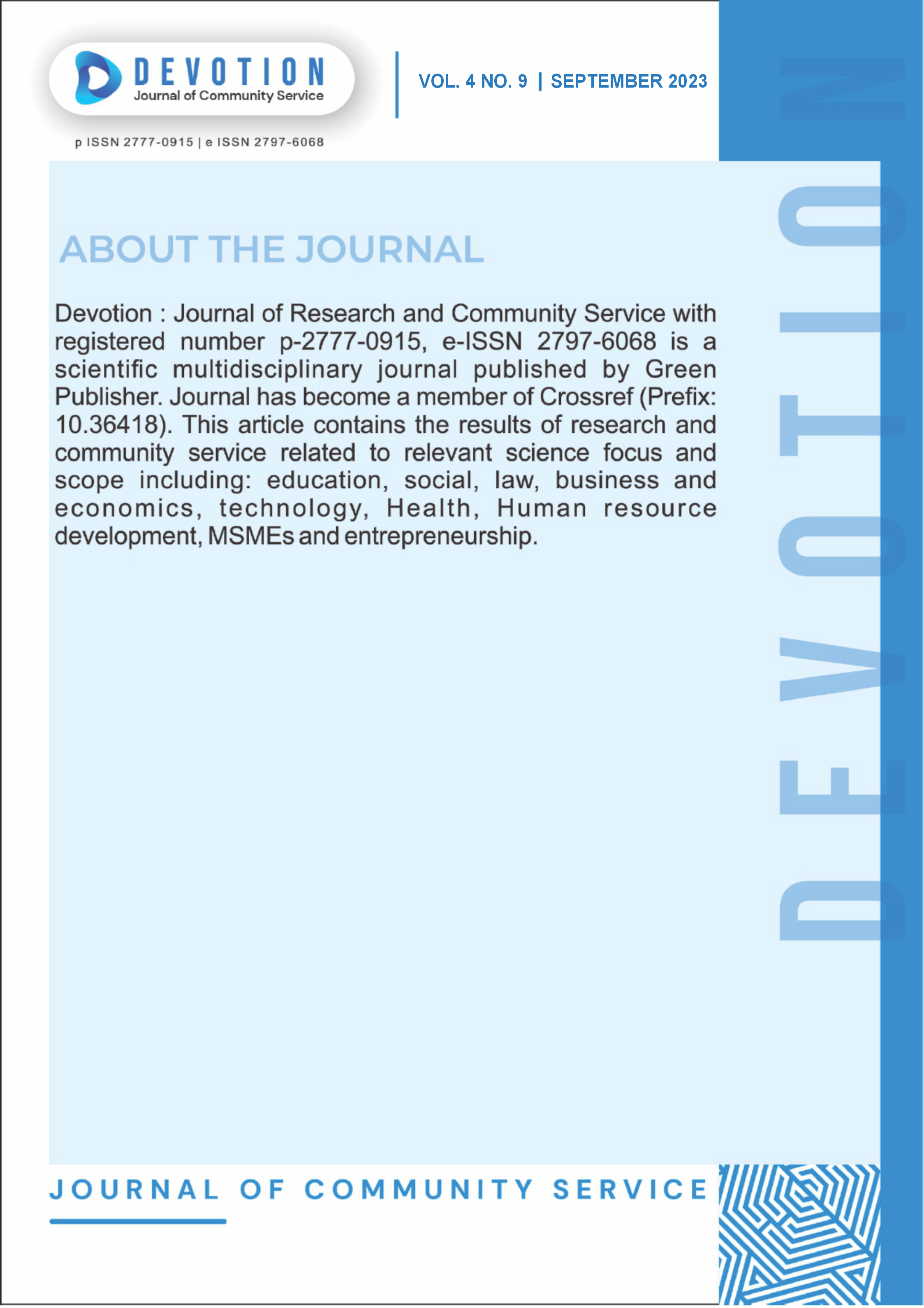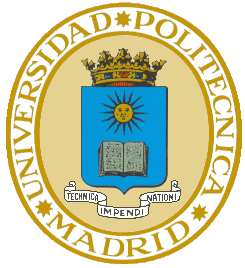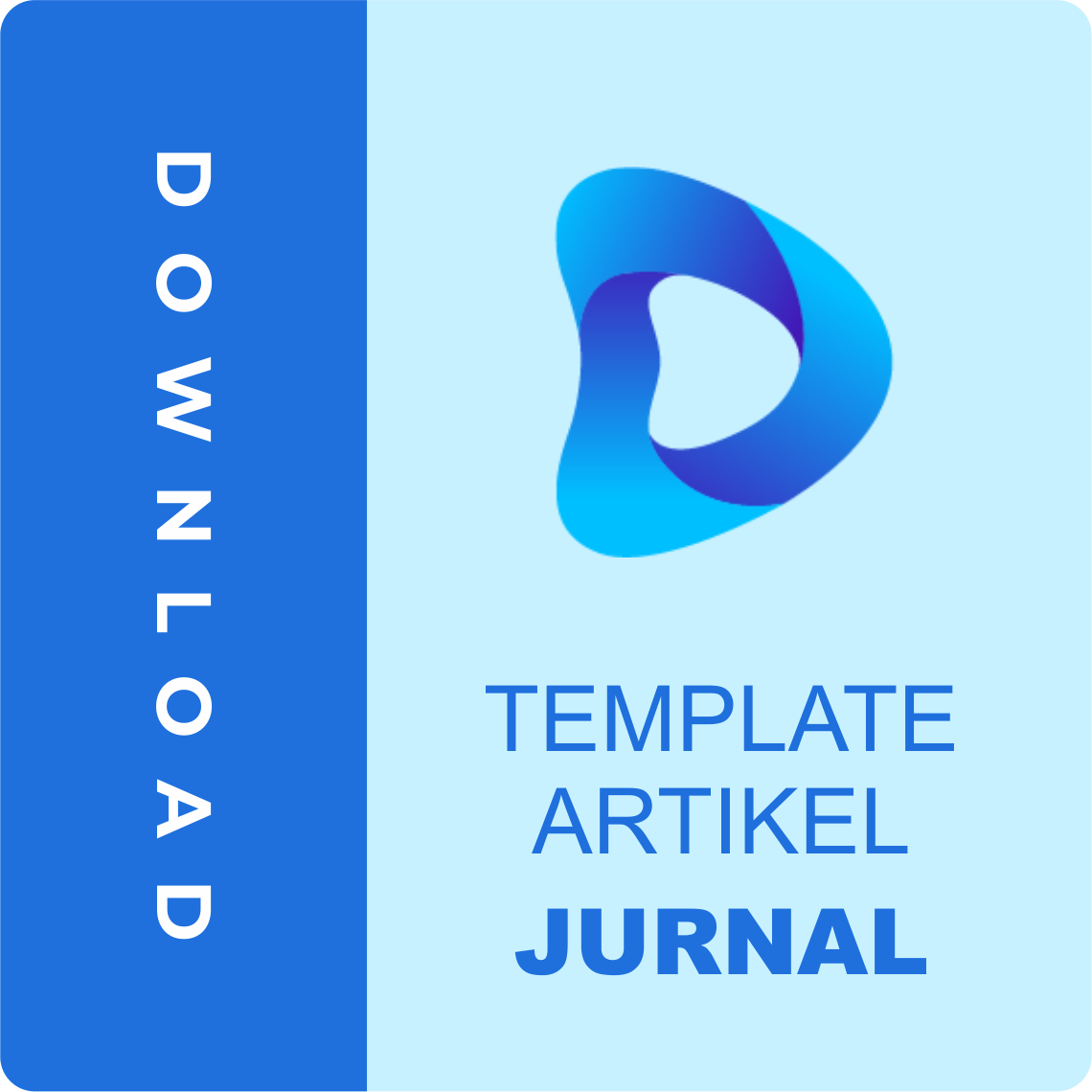Analysis of Occupational Safety and Health (K3) Risk Management in Construction Industry (Case Study: Construction of Natural Gas Transmission Pipelines)
DOI:
https://doi.org/10.59188/devotion.v4i9.565Keywords:
risk management, HOR, lifting, transmission pipelineAbstract
The need for gas in Indonesia is currently quite urgent, but the infrastructure to provide natural gas supplies for industry is inadequate, so the government is encouraging the development of national natural gas infrastructure. In this project, build facilities including Tie-in at the Onshore Receiving Facilities (ORF) and then build a pipeline. The ORF consists of various large instruments, the installation process of which requires the assistance of heavy equipment such as a crane. Instrument installation work at ORF using a crane is included in the critical & extreme risk because the placement will use more than one crane and this work is carried out on a platform. Apart from that, the ORF was built next to an existing LPG station, so this condition has its own potential danger. To find out the source of the biggest risks, risks that may occur, methods of risk mitigation, and the level of effectiveness of the mitigation provided, occupational safety and health risk management analysis could be carried out using the House of Risk (HOR) and Hazard Identification, Risk Assessment & Determining Control (HIRADC) method. Lifting activities on the ORF platform was the biggest source of danger and there were 15 possible risks that may occur, 3 risk agents were in the mobilization of heavy equipment activities (cranes), 5 risk events were in the crane placement activities and 7 risk events were from material transport activities and there were 36 risks agents in it, 9 risk agents for mobilization activities, 11 risk agents for crane placement activities and 14 risk agents for material transport activities. Of the 36 risk agents, 16 of them have high potential, so suggestions for risk mitigation actions were given using the HOR phase II method. By conducting discussions, there were 48 mitigation action plans that were able to reduce the potential of risk agents with 36 main preventive actions, namely suggestions for mitigation actions that had difficulty value 3 or easy to implement. After assessing the recommended preventive actions, an assessment is carried out that there was a reduction in the level of risk using the Hazard Identification, Risk Assessment & Determining Control (HIRADC) method, where there were 3 medium risk categories and 13 low-risk categories. Before recommendations for risk mitigation actions, there were 3 extreme risk categories and 13 high risk categories.
Published
Issue
Section
License
Copyright (c) 2023 Gayatri Nuansa Putri, Herto Dwi Ariesyadi

This work is licensed under a Creative Commons Attribution-ShareAlike 4.0 International License.
Authors who publish with this journal agree to the following terms:
- Authors retain copyright and grant the journal right of first publication with the work simultaneously licensed under a Creative Commons Attribution-ShareAlike 4.0 International. that allows others to share the work with an acknowledgement of the work's authorship and initial publication in this journal.
- Authors are able to enter into separate, additional contractual arrangements for the non-exclusive distribution of the journal's published version of the work (e.g., post it to an institutional repository or publish it in a book), with an acknowledgement of its initial publication in this journal.
- Authors are permitted and encouraged to post their work online (e.g., in institutional repositories or on their website) prior to and during the submission process, as it can lead to productive exchanges, as well as earlier and greater citation of published work.













